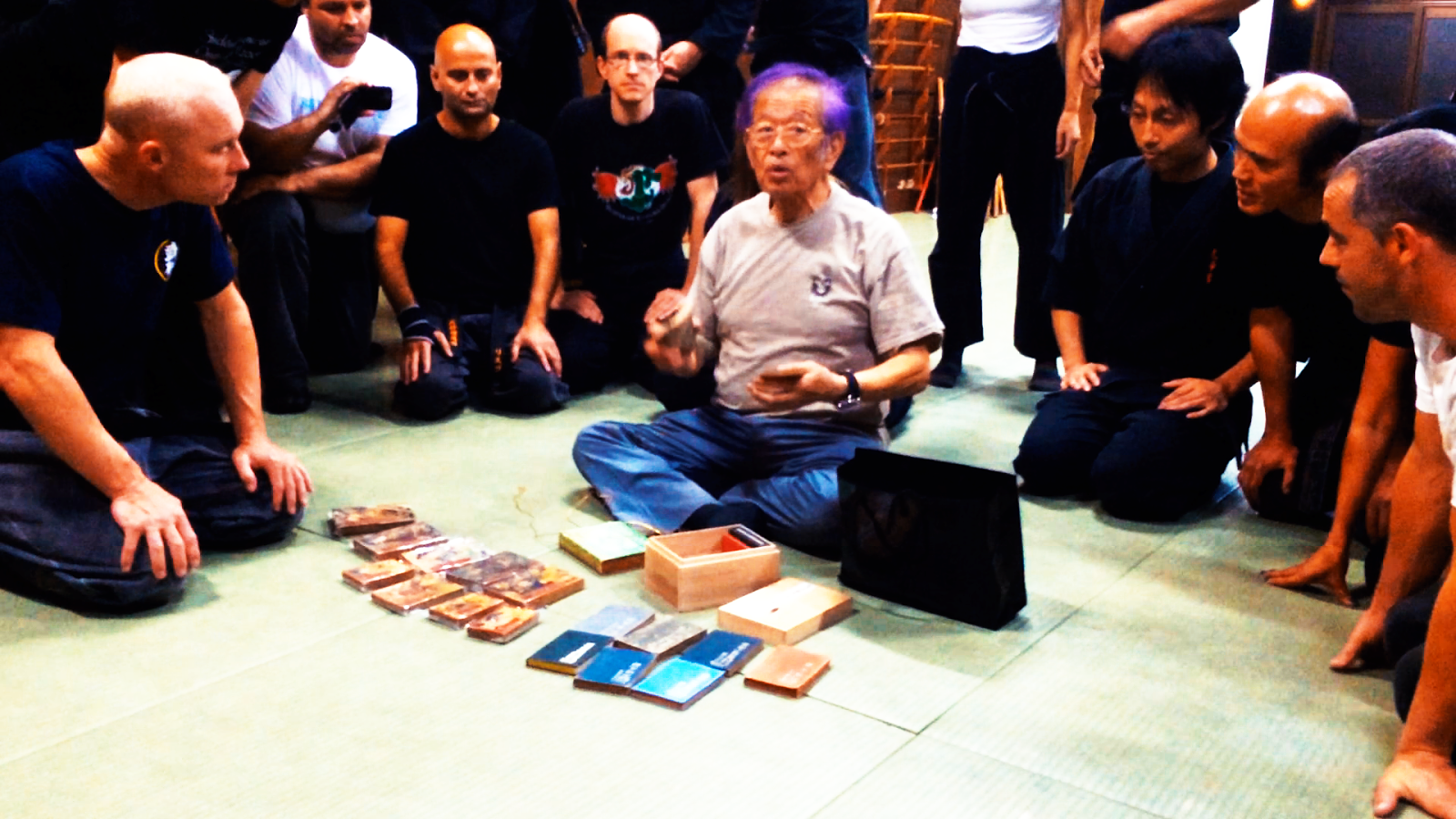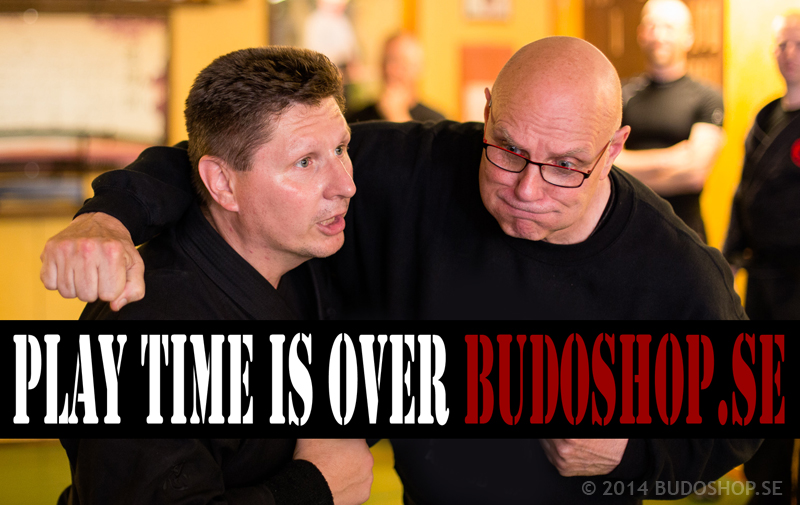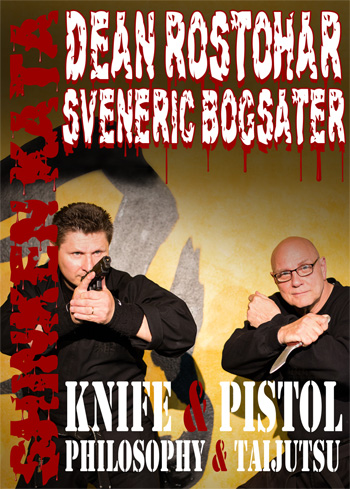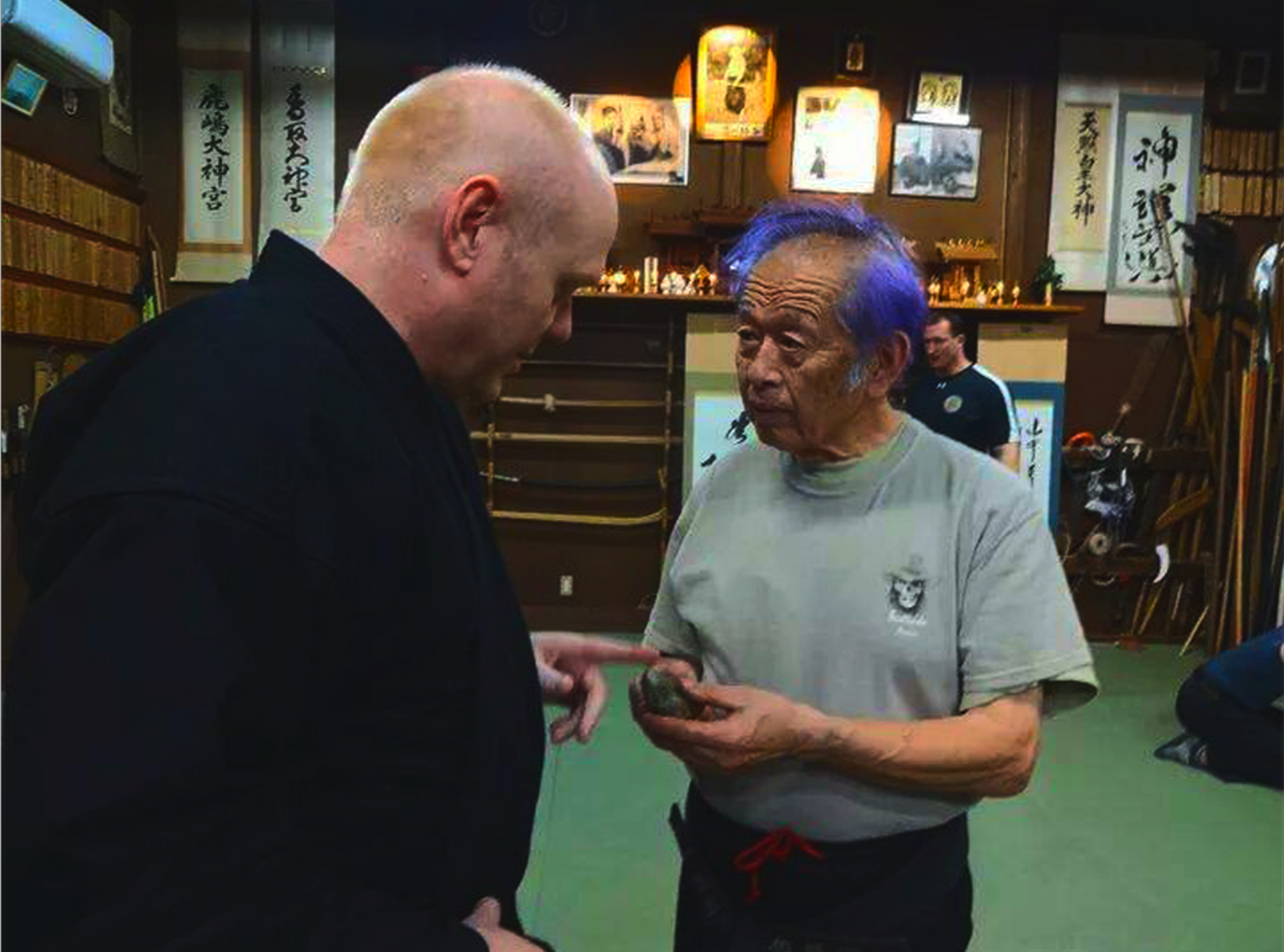From Bujinkan Santa Monica by Michael
 |
| Hatsumi Sensei Shares with us, photo by Michael Glenn |
Last week Hatsumi Sensei set a tone for class that was subtle but very important. It started in a way that I have experienced before with Soke, with a show and tell before class. He brought out a sack full of books to show us.
Soke said these books were tales of ninjutsu 名人 meijin. They were mostly children's books and many were illustrated budo legends. But something was different about these from ordinary comics or manga.
Before I explain the difference, let me describe an experience from my own life that has the same echoes. It is an experience that is natural as you age, but the pace of change in our current era make it extreme. In my lifetime, a major change is the internet and smart phones.
Lately, I've been thinking a lot about this in relation to the experience of learning, training and daily life itself. Many people younger than me did not experience life before cellphones and the internet. They may not know that it had a different quality.
You had to learn differently. Train differently. Find and connect with teachers differently. This made your entire way of thinking.. different.
I have observed the effects of this change in younger students in the Bujinkan. Some aspects of it are really wonderful and Hatsumi Sensei embraces change like no one else. But our art was born of a different time and manner of training.
When I was a kid, I couldn't just look stuff up. I couldn't easily call or text my friends. We had to agree to meet (physically) somewhere ahead of time. Or just find each other.
That happened. Even with my own Bujinkan teacher, I followed my instincts and just found him. There was no website, or even a flyer with a phone number.
This may seem like silly "old man" nostalgia. But really, life was different. You HAD to learn stuff differently. Very few bother to learn this way anymore. Or experience the world through the interface of instinct and their senses.
When I teach Bujinkan, people struggle to remember the littlest things. And their first instinct is to reach for their phone to look it up.
But let's get back to class last week and Soke's books.
Many of these books came from when Hatsumi Sensei and Noguchi Sensei were children. Soke said to Noguchi, "you probably read these as a child…" and Noguchi said, "yes, then we would go outside for ちゃんばら chanbara with sticks" (play sword fights).
Hatsumi Sensei was a bit nostalgic when he spoke of reading these kind of books by candlelight. He said it was before television and children were riveted to these stories. Hearing him speak about this in person rekindled my own sense memories and childhood feelings of a time before things changed.
In Hatsumi Sensei's lifetime there have been enormous changes. Both for Japan and the world. The way people live in the world and interface with it for learning is not the same as that kind of candlelight inspiration from his childhood.
That night in the Hombu dojo he told us that Japan used to have this kind of warrior culture and it is important to preserve it. He said that the Bujinkan has it's own 文化 bunka or cultural heritage. He said we have to preserve these things because they represent and express the abundance of humanity.
One of the special things about martial arts training is that it HAS to be learned in the old way. With your mind, body, and heart working together. And it can only be passed down from a connection from teachers to students through their lives, experiences, and personal histories.
I come to Japan and train with teachers who lived in a time when the Japanese warrior culture was still alive as part of the fabric of their childhoods. And some of my teachers trained with Takamatsu Sensei which takes the thread of connection back even further into ages before internet, TV, radio, cars, telephones…
Back to a time when all they had for training was found in nature, the denshou, or in a teacher's heart.
What did the warriors learn then? And how did they learn it? This is the core of our Bujinkan heritage. Thank you Hatsumi Sensei for sharing that with us.

…










